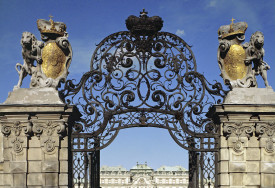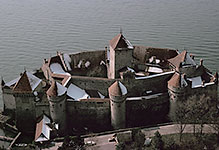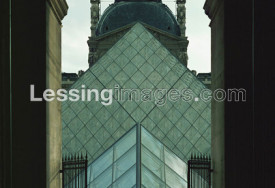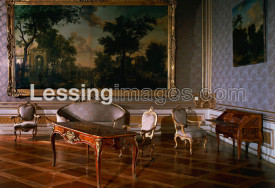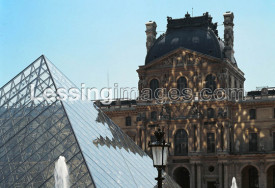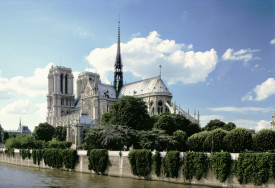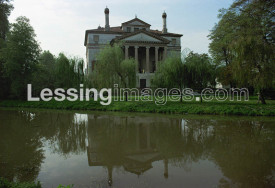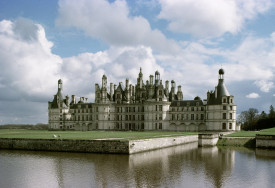
Architecture
From ancient Egypt, Greece and Rome to modern times

#03030211
Stone bowl from Khafajeh, Iraq, Early Dynastic period, c2600-c2400 BC. The carvi...

#03030217
Winged spirit (Génie protecteur) 7th century BCE; Tell Ahmar; reign of Ashurban...

#03030218
Blue goat Approximately 8th century BCE; Tell Ahmar Element of a decorative fi...

#03030222
Centaur and fish 244-245 CE; ceiling of the large hall of the synagogue, Salhiy...

#03030223
Capricorn 244-245 CE; ceiling of the large hall of the synagogue; Salhiyé (anci...

#03030235
Statue of Nofret wearing a wig and bead necklace (detail). Painted limestone st...

#03030237
Relief of a harvest scene from the mastaba of Ipi. Saqqara, Egypt; Old Kingdom...

#03030249
Pharaoh Amenophis III (1391-1353 BCE) in chariot wearing a crown with the uraeus...

#03030250
Figure making offering. From the Tomb of Pharaoh Akhenaton (aka Amenophis IV) i...

#03030251
Pharaoh Akhenaten and Nefertiti offer libation to God Aten. Relief from the shr...

#03030254
Pharaoh Ramses II and God Amun. Limestone relief; New Kingdom (19th dynasty).

#03030255
Diorite statue of Pharaoh Ramses II (1290 - 1224 BCE). From Tarnis, Egypt; New...

